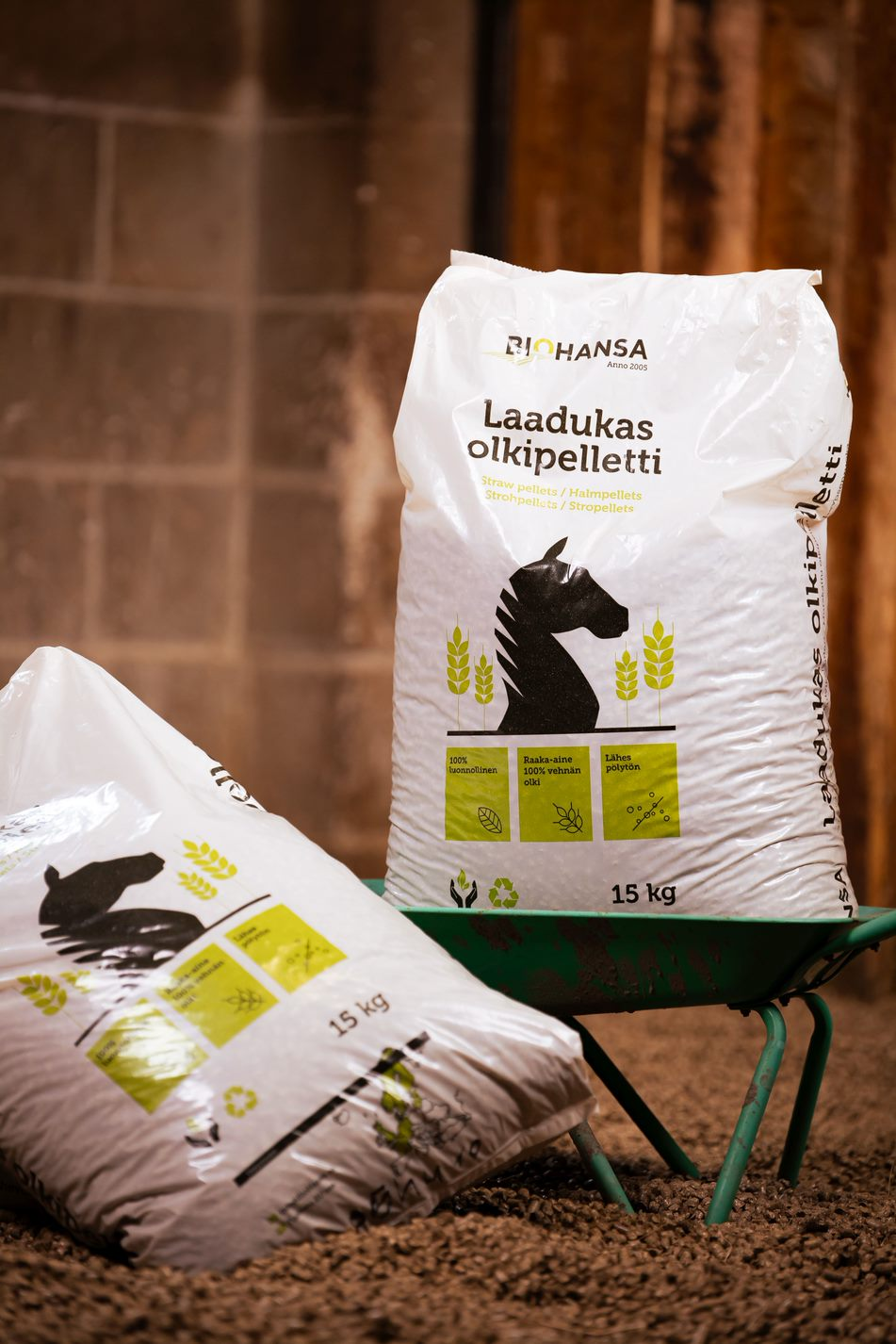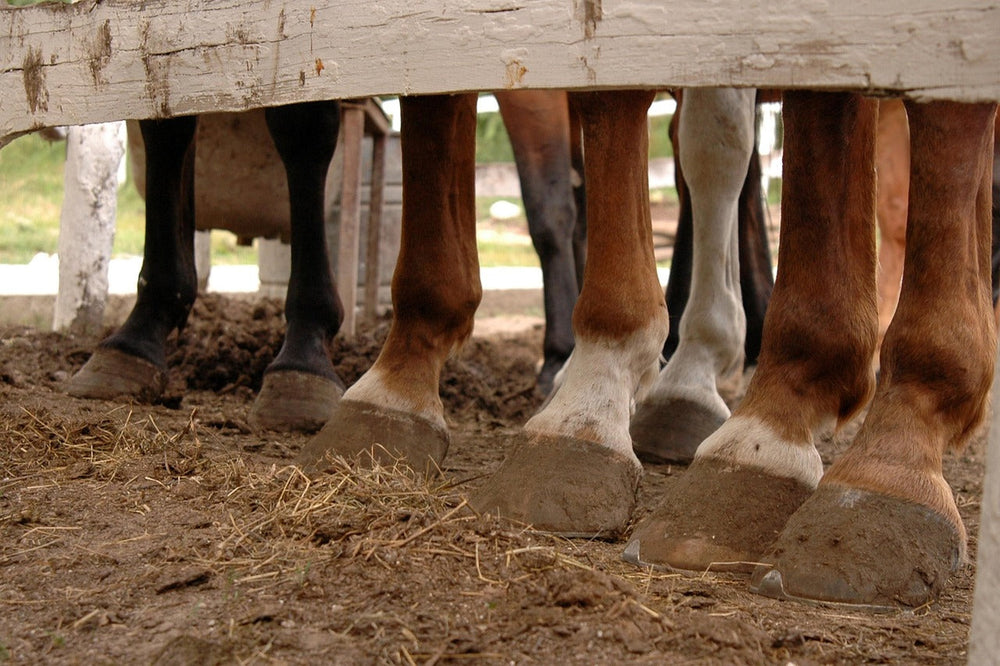
In the daily life of a stable business, bedding often plays a secondary role, as long as the stalls remain clean and dry, everything is in order. In reality, however, bedding choices have a significant impact not only on the well-being of horses but also on the company's costs, workload, and environmental effects. A smart bedding strategy can bring concrete savings and make daily life surprisingly easier.
More and more horse owners value responsibility also in stable services. By choosing bedding that is recyclable and renewable, a stable business can stand out and communicate its values in a concrete way. This can bring a competitive advantage, especially in the eyes of customers looking for quality services.
One of the clearest ways to reduce bedding costs is to buy larger quantities at once. Pallet-packed or bulk-bagged bedding often comes out cheaper per kilogram than small packages. Large quantities naturally require storage space and foresight, but they can bring savings of several hundred euros annually.
In addition, proactive purchasing helps prepare for seasonal fluctuations. For example, in winter, availability may be poorer or prices higher, while large orders made in summer can balance this fluctuation.
The Right Bedding Speeds Up Stall Cleaning
Bedding that is easy to clean speeds up the daily cleaning of stalls. When cleaning is faster and the bedding base stays cleaner for longer, time is freed up for other tasks.
Even small time savings are significant when they multiply daily. This means less consumption and fewer working hours, both of which are directly reflected in the stable's results.
The best way to implement a bedding change is to first try it on a small scale. Monitor consumption, horse reactions, cleaning speed, and the filling of the manure heap. If the results are good, you can introduce the new bedding more widely and make it a permanent part of the stable's cost-effective operations.

Often, Changing Improves Things
Even small changes in bedding policy can have a big impact on the stable's overall operations and, consequently, its financial results. Changing bedding is worth considering if the current bedding is expensive or difficult to obtain, manure management is laborious and costly, or cleaning takes a lot of time and burdens employees.
Similarly, there is something wrong with the bedding if dust-related health problems occur in the stable. Respiratory symptoms are reduced when the air remains cleaner, which can lead to lower veterinary costs and fewer sick leaves in the long run. Healthier horses and employees mean smoother operations and fewer unexpected costs.
The choice of bedding is also influenced by its disposal. If the stable has its own manure heap or composting facility, it is worth choosing bedding that decomposes well and that local farmers or compost users are happy to accept. Well-decomposing bedding can turn from an expense into a benefit.
Cost-Effectiveness in Various Forms
One of the most important cost-saving measures is the reduction in bedding consumption. When bedding is efficient, meaning it absorbs moisture and odor more effectively, less of it is needed in the stalls. Straw pellets, hemp, and flax bedding last longer in smaller quantities than, for example, traditional wood shavings.
For example, from Biohansa's selection, the most cost-effective bedding is peat shavings , especially in bulk packaging. Peat shavings combine the benefits of peat and shavings, as they have good moisture and odor absorption capacity. Peat effectively absorbs moisture and binds odors, which improves the air quality of the stable. Shavings, in turn, make the bedding airy and easy to handle.
In addition, peat shavings decompose well, which facilitates further processing of manure and reduces disposal costs. Other good options include wood pellets and the already mentioned straw pellets or straw pellet crumbles.
As summer approaches, the grazing season provides a breather for both bedding and employees at many stables. When horses spend most of the day in the pasture, stalls do not need to be cleaned as often, which significantly reduces bedding consumption.
With grazing, the amount of manure in the stalls decreases, which directly affects the need for bedding and manure management. Reduced bedding expenses and a lighter workload can facilitate resource allocation.






